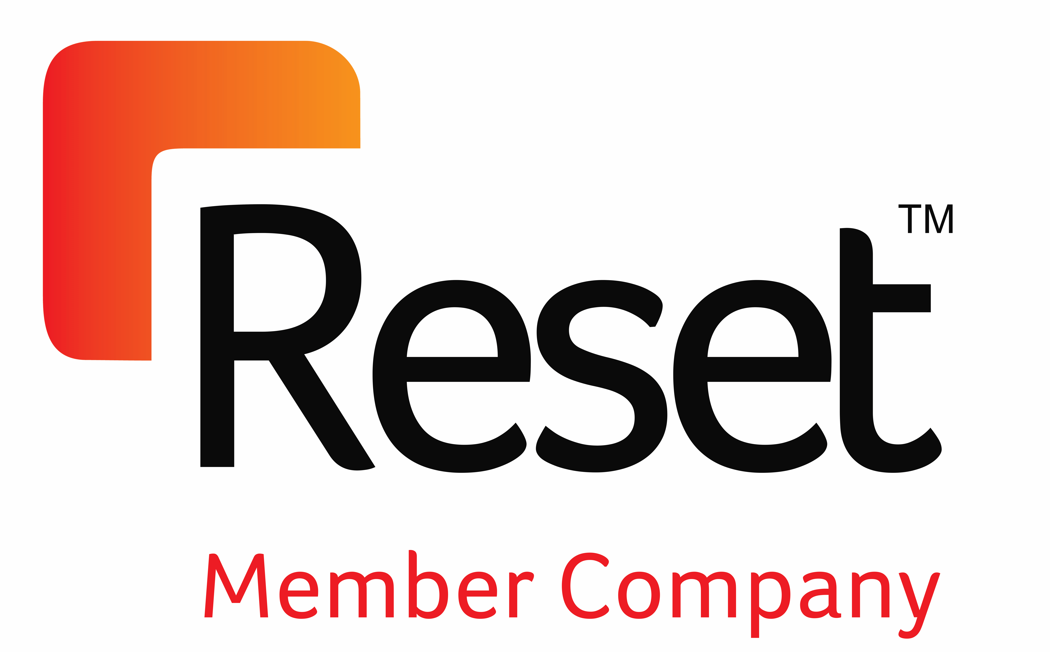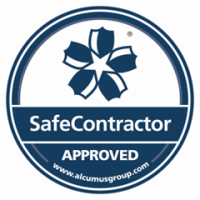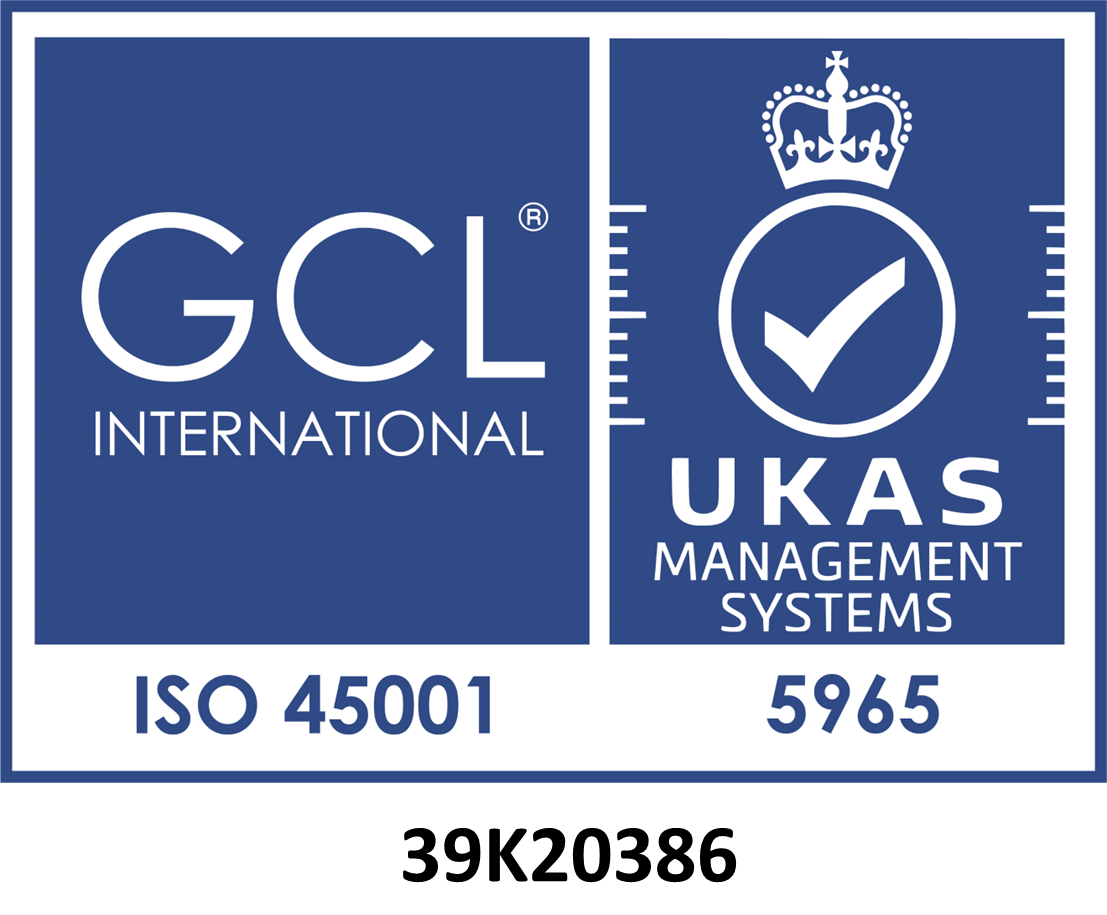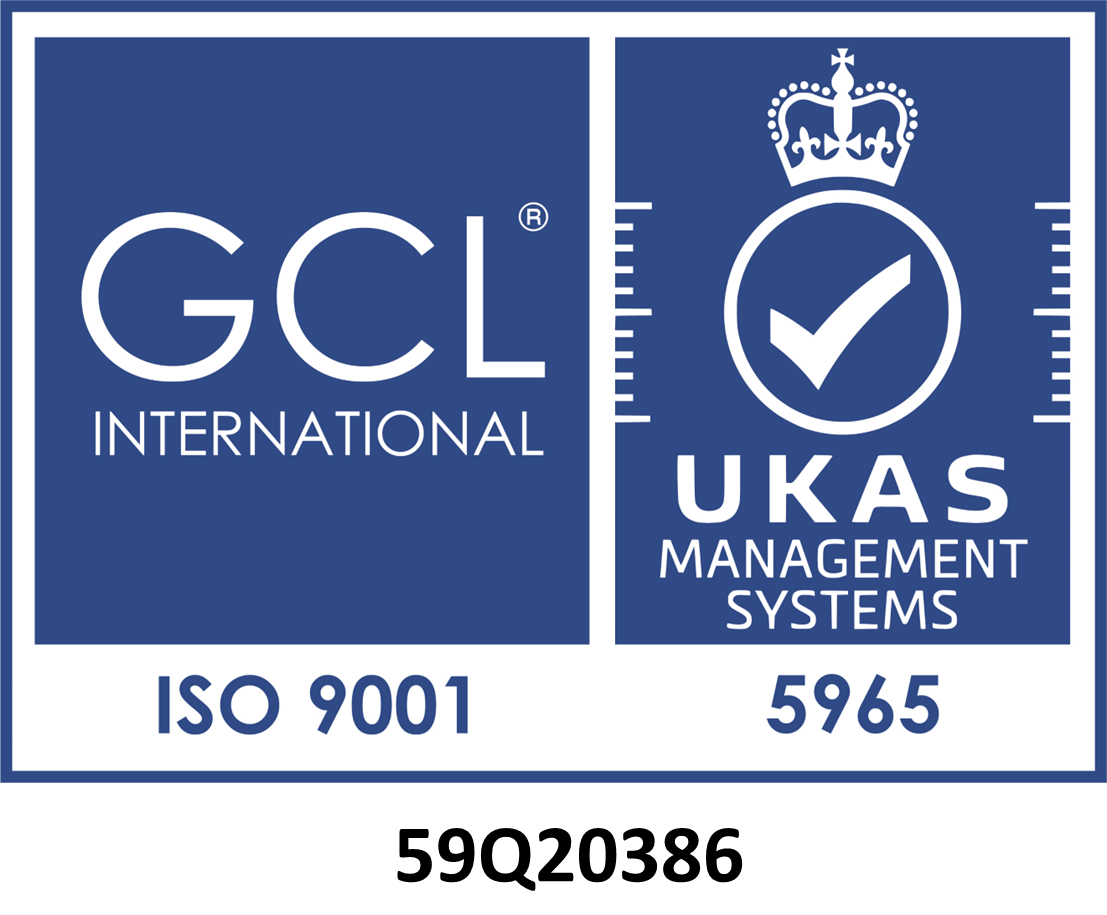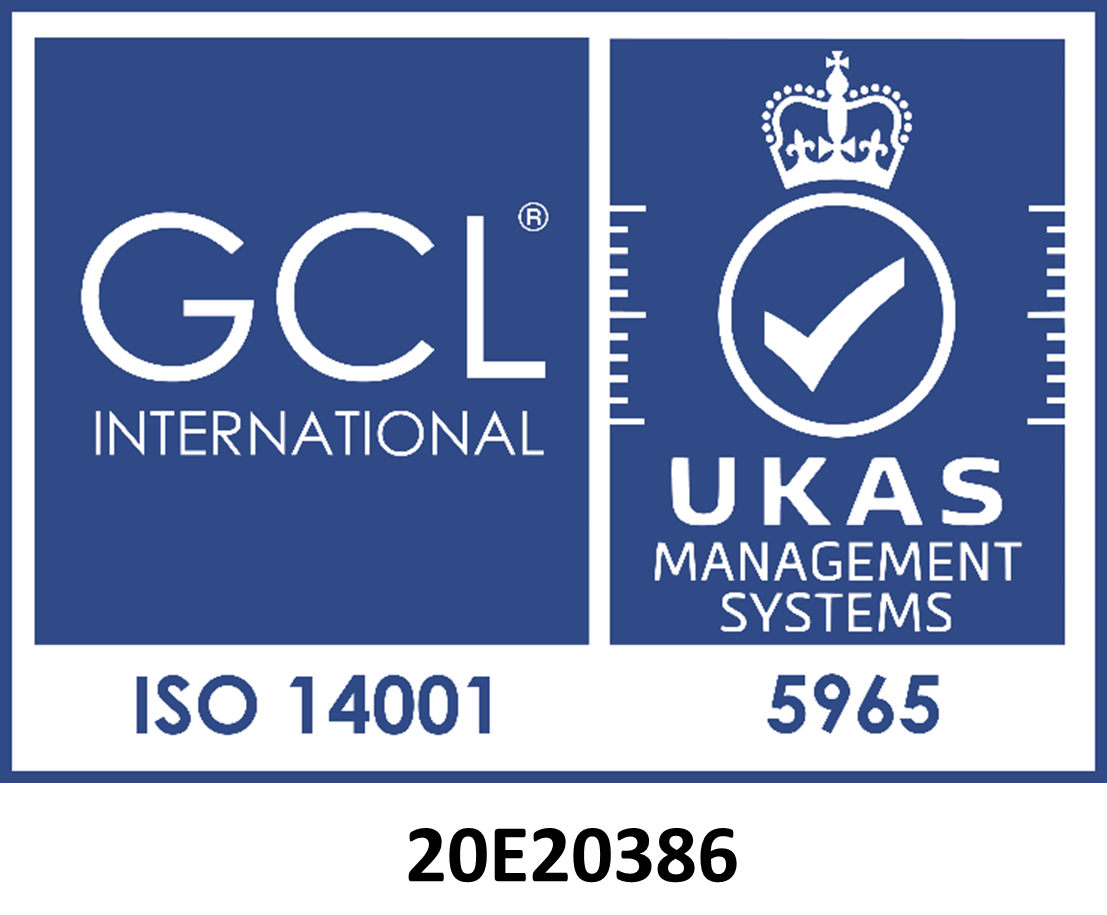Tecomak offer a complete range of services for Containment Laboratories in the Healthcare sector, ranging from routine HEPA filter testing to complete installation of new facilities.
Within hospitals, containment laboratories will typically be handling samples taken from patients in order to conduct testing for diagnosis purposes and are usually classed as CL3 type facilities, which require annual HTM 03-01 testing to ensure compliance.
Our services include:
- Regular inspection and LEV COSHH testing to ensure compliance.
- Design and commissioning of new facilities.
- HEPA filter testing and replacement.
- Room sealability testing (olfactory, pressure decay and smoke visualisation method.
- Technical surveys and appraisals.
- Mechanical and electrical repairs and upgrade of plant.
- Room interlock and control systems.
- Failsafe alarm and pressure monitoring systems.
- Full range of services for Microbiological Safety Cabinets.
- Microbiological sampling and bio decontamination.
As part of our DOP filter testing service we carry a full range of replacement filters to each site, enabling fast replacement and minimisation of disruption and costs to your facility.
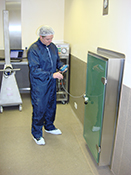
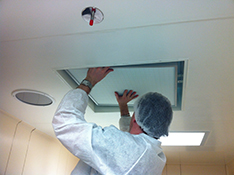
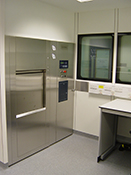
Containment Levels
The requirements of each laboratory containment level are derived from a combination of physical parameters and work practices. Details of the containment measures are defined by three similar, but separate systems of containment, outlined in the following guidance documentation:
- Advisory Committee on Dangerous Pathogens (ACDP)
- Advisory Committee on Genetic Modification (ACGM)
- Department of Food and Rural Affairs (DEFRA)
The level of containment under which particular work should be undertaken is determined as part of the risk assessment. The standards required are described in legislation and supporting guidance.
Recent Regulatory Developments
Following the outbreak of Foot and Mouth Disease (FMD) which began in Surrey in August 2007, Sir Bill Callaghan led the “Review of the Regulatory Framework for Handling Animal Pathogens”.
The review contained a number of recommendations, two key ones being:
- There should be a single regulatory framework to govern work with human and animal pathogens, including those that have been genetically modified; and
- The HSE becomes the single regulatory body for both human and animal pathogens, with responsibility for inspection and enforcement functions.
In response to these recommendations, the HSE is currently working on the development of new legislation to provide a single regulatory framework to cover all work with human and animal pathogens and genetically modified organisms (GMOs) in containment.

